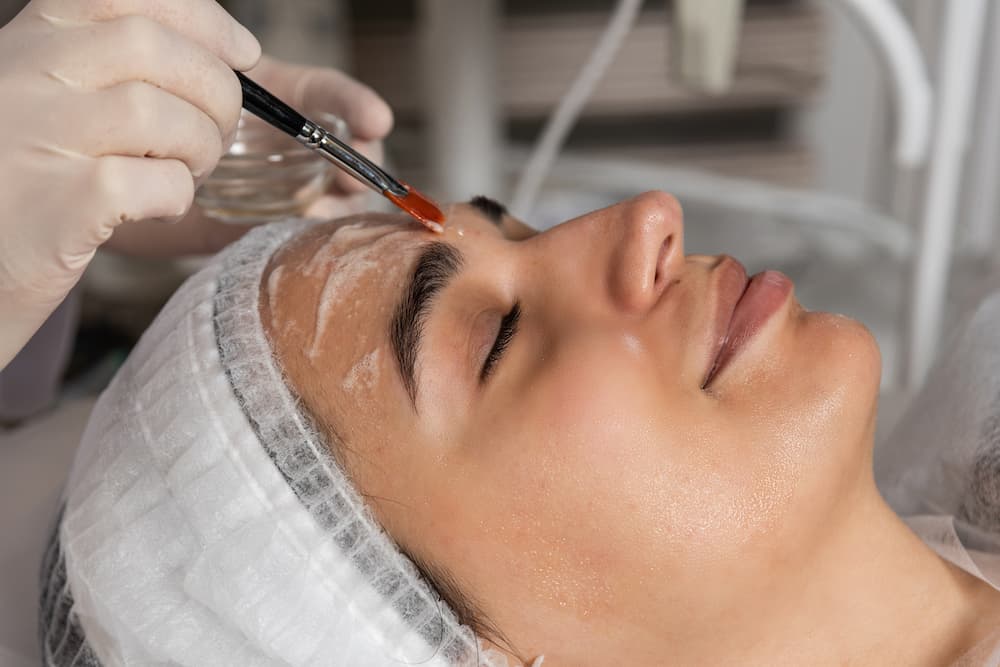You’ve probably heard of Botox – and how it can be used to reduce fine lines and wrinkles, almost reducing aging. Dysport is another product that does the same thing. Dysport and Botox are neurotoxins that are popular injectable cosmetics used to block muscle contractions.
Both are derived from botulinum toxin and are safe to use in small amounts. They are considered nonsurgical wrinkle treatments and have quick recovery rates. However, despite their similarities, there are some differences between these two treatments.
About Botox and Dysport
Botox is a neurotoxin that relaxes the muscles under your skin. It’s a noninvasive way to treat forehead lines, crow’s feet, and your “elevens” (the vertical lines between your eyebrows).
Dysport, just like Botox, can be quickly administered at your aesthetician’s office and requires follow-up injections for lasting results. The results from one session typically last around 4 months.
If cost is a deciding factor, the average cost for both Botox and Dysport is $466 per session. Cosmetic injections aren’t covered by insurance. Dysport costs less per unit, however, you’ll likely need more of it to cover the same areas as Botox – making the cost the same.
Treatment Differences
The treatments are very similar and oftentimes the biggest difference is the injectable being used at the time of your session.
Another main difference is the concentration of each product. Dysport is more diluted that Botox, with an almost 3 to 1 split. Depending on the location of the injection, your doctor may need more of the product to achieve the same results as Botox.
Dysport is also slightly different in its molecular structure. It spreads faster, covering a larger surface area with just a few injections. The difference between Dysport and Botox will be most noticeable in how it is applied:
- Botox works well for lip lines, Crow’s feet, and other fine wrinkles. Its high concentration and slow-moving properties make it perfect for these small areas.
- Dysport works well for larger surface areas like the forehead and 11 lines. It’s fast-acting, spreading quickly and evenly.
Side Effects of Both
Minor side effects for both treatments are the same. Because the injection uses a needle, there is a little bit of swelling and redness and the potential of slight bruising. Common side effects may include:
- Slight pain
- Swelling
- Redness
- Bruising
- Drooping eyelids
Am I a Candidate for Botox and Dysport?
If wrinkle creams and anti-aging products are not giving you the results you want, Botox or Dysport may be a good solution. If you have neuromuscular problems, pregnant or nursing, or are allergic to any of the ingredients in these injections, you should avoid treatment.
It’s optimal to begin treatments in your 30s or early 40s before those fine lines and wrinkles appear on your face when it’s at rest. When those dynamic lines from frowning or raising your eyebrows become permanent features, they’re harder to treat. Preventative cosmetic injections can keep you looking younger and refreshed as you gracefully age.
Have a conversation with your doctor about whether Botox or Dysport is best for you and the results you are looking for. They can help you weigh any pros and cons and analyze your skin to see what will be most effective.
Healthcare providers and aestheticians who are certified in dermatology, plastic surgery, and cosmetic procedures have extensive training to provide the best results based on your skin type, facial anatomy, and features.
Our goal is to make you feel and look your best. To schedule an appointment or learn more about what we offer, fill out the form below:




.svg)



.svg)



.jpg)



.png)


